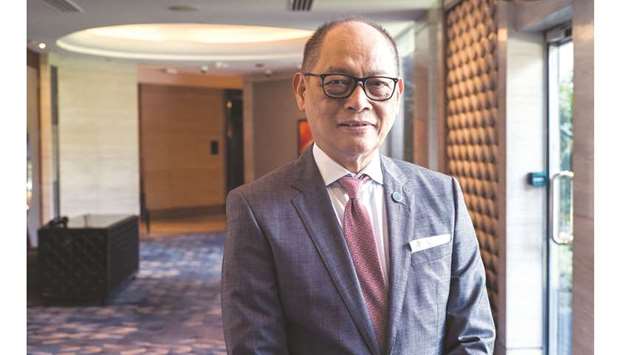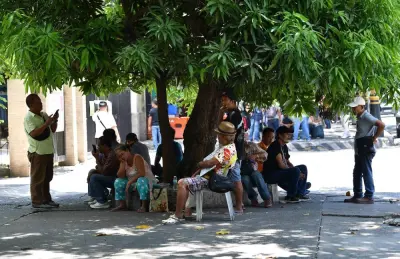The Philippines central bank is probably done cutting its key interest rate this year, but remains open to further reducing the ratio of funds lenders must hold in reserve, governor Benjamin Diokno said.
“Most likely the rate cutting is done this year. But cutting of the reserve requirement ratio, maybe we’ll look at it,” Diokno said Thursday in an interview with Bloomberg Television’s Kathleen Hays in Washington.
Bangko Sentral ng Pilipinas is trying to boost an economy that grew at its slowest pace in four years in the second quarter. Central bankers globally are making policy more accommodative as trade tensions weigh on growth and manufacturing weakness threatens to spill over into service sectors.
In a separate interview, the country’s finance secretary said the Philippine economy will probably expand around 6% this year – the low end of its 6%-7% goal – as government spending ramps up following a delay in passing the budget.
“We’re hitting our spending targets now and we definitely will make a very good effort in catching up,” Carlos Dominguez told Bloomberg Television on the sidelines of International Monetary Fund meetings in Washington.
The Philippines has cut its benchmark rate by a total of 75 basis points this year, after raising it by 175 basis points in 2018. Bangko Sentral approved lowering the reserve requirement ratio by 1 percentage point effective next month, following a total of 2 percentage points in cuts from May to July.
“We still have several meetings before the end of the year, and it’s possible that we’ll cut” the reserve ratio, Diokno said.
Even after the RRR reductions – a way to pump money into the economy – the Philippine reserve ratio remains among the highest in the region at 15%, Diokno said.
Bangko Sentral has two more rate-setting meetings on the agenda this year, the next on November 14. Policy makers will look at inflation and economic growth in deciding on further easing, Diokno said.
Annual gains in consumer prices this month could match September’s 0.9%, which means the 2019 forecast average of 2.5% will be within the central bank’s 2%-4% target, he said.
While the global economic slowdown and mounting trade tensions pose risks, the Philippines “will probably be one of the most resilient among emerging economies,” Diokno said.
The country’s economy likely expanded 6.2%-6.3% last quarter, the central bank chief said. Third-quarter growth data is due November 7.
Finance Secretary Dominguez, who sits on the central bank’s rate-setting monetary board, said the spending catch-up plan will act as a “fiscal stimulus” for the economy. The Transport and Public Works agencies have called for 24-hour construction on infrastructure projects and have split big-ticket projects into smaller contracts so they can be bid out faster.
The government is lining up a record $27bn borrowing plan for next year on expectations that the spending program will get back on track. It will keep its plans to raise as much as $3.7bn offshore, despite seeing “higher-than-expected” interest rates in the market because of US-China trade war uncertainty, Dominguez said.
The government could offer dollar bonds around January or February 2020, followed by yuan- and euro-denominated debt papers, and then a Samurai offer toward August, he said. No new offshore markets are being considered.

Diokno: While the global economic slowdown and mounting trade tensions pose risks, the Philippines will probably be one of the most resilient among emerging economies.


